Cross-Linking, full name Corneal Collagen Cross-Linking (CXL), is a minimally invasive procedure used to halt the progression of corneal dilatation in keratoconus.
Keratoconus is a progressive thinning of the cornea associated with a change in the stromal collagen matrix resulting in an irregular protrusion of the cornea, with the central portion of the cornea having a pyramidal shape. The disease causes the lower part of the cornea to become dilated and thin. Keratoconus is a progressive eye condition. In the early stages, patients may not experience any obvious symptoms. However, over time, it will make myopia progress more severe and faster, and the eyes are more sensitive to light, and distorted images. Keratoconus can even cause scarring of the cornea or require a corneal replacement.
Corneal Collagen Cross-Linking (CXL) is a method that uses a combination of riboflavin and 370nm UVA light to create collagen cross-links between fibers to increase the biomechanical stiffness of the cornea, thereby increasing the progression of collagen and preventing the development of keratoconus.
The treatment goal of Keratoconus Cross-Linking is not to normalize the apical cornea and restore vision, but to slow the progression of the disease, preventing the disease from progressing to more severe stages.
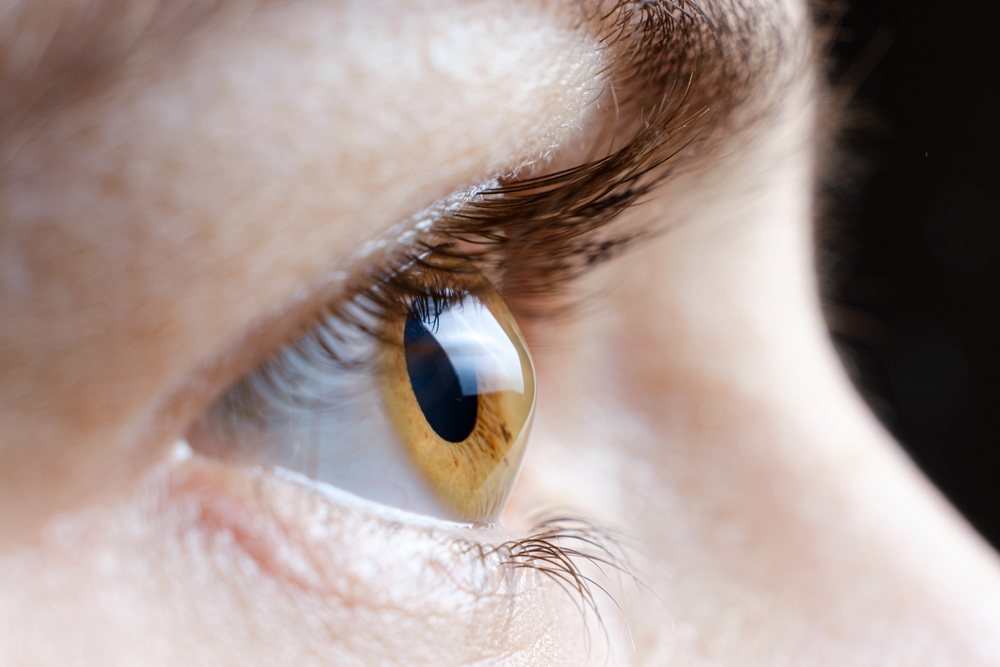
- Over 14 years old.
- Are in the mild or moderate stage of keratoconus.
- Ensure corneal thickness of 400 μm or more to prevent corneal endothelial damage caused by UVA rays.
- No corneal disease (herpes keratitis, history of corneal herpes, history of corneal transplant, corneal scarring, corneal opacity)
- No other eye diseases such as glaucoma, retinal degeneration or severe dry eyes.
- Not in the stage of pregnancy or lactation.
- No autoimmune disorders or recurrent epithelial disorders.
- No history of poor epithelial wound healing.
- Not allergic to Riboflavin, UVA rays.
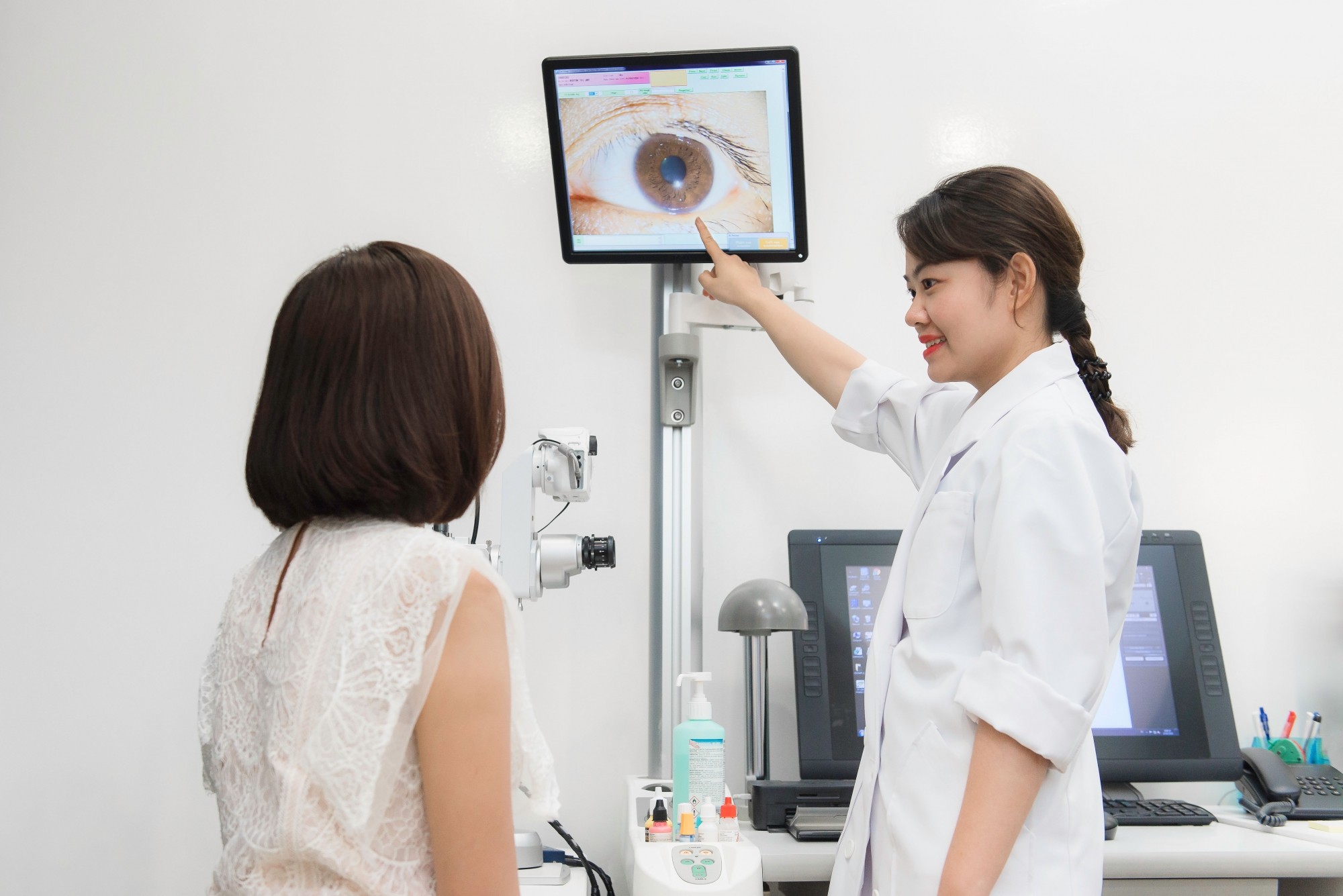
Note Before Surgery
- Eat and drink normally.
- Avoid alcohol or use drugs
- In case you have to take medicine, you can continue to take it as usual.
- Do not wear makeup and use cosmetics, keep your eyes and face clean on the day of the procedure.
- Do not wear pullovers, tight fitting or fur.
- Avoid bringing items such as jewelry, watches or hairpins into the operating room.
- Get enough sleep and prepare yourself mentally before the day of the procedure.
- Do not drive yourself on the day of the procedure.
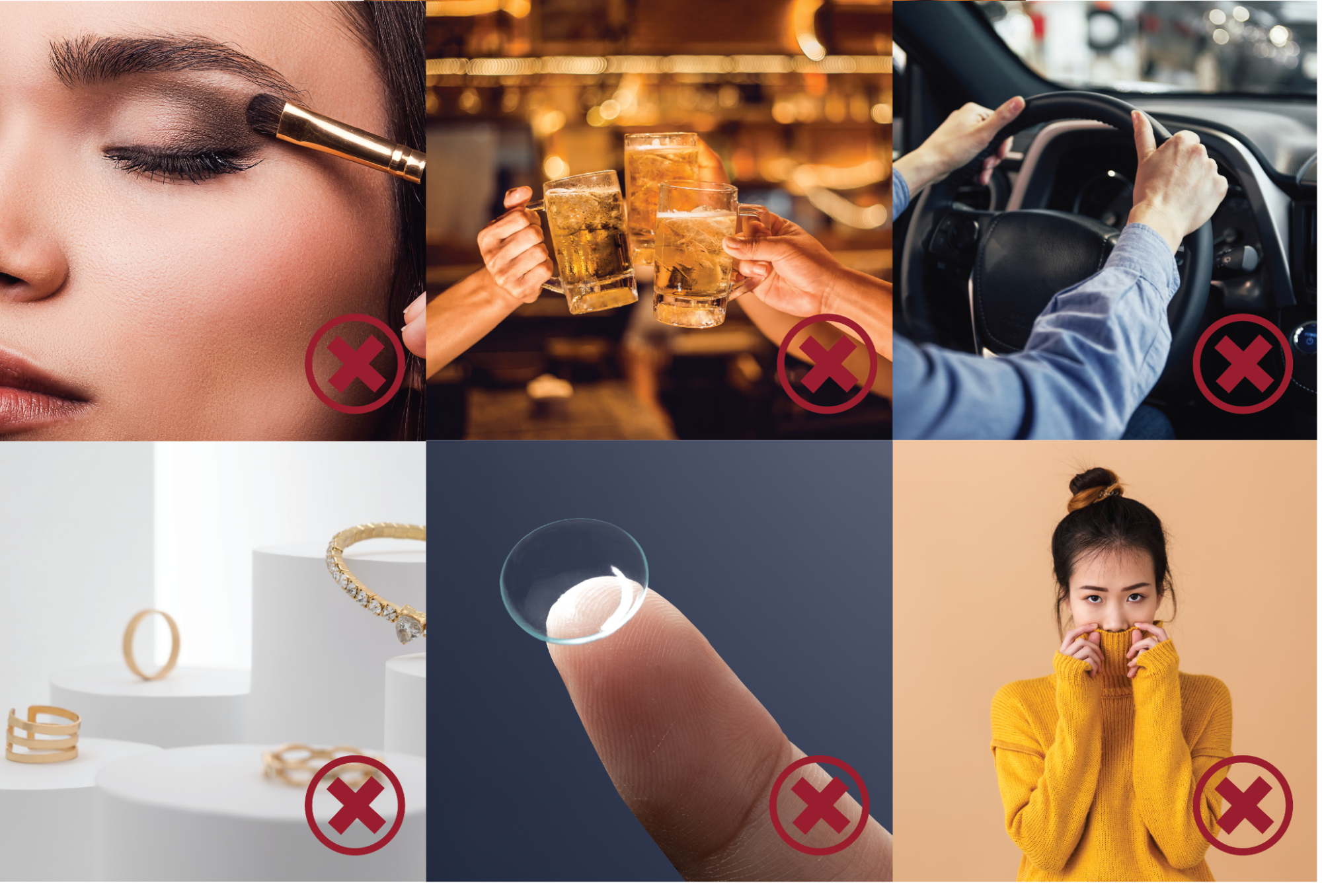
- Place a ring on the cornea
- Apply anesthetic eye drops.
- Apply alcohol eye drop to remove the corneal epithelium (7 - 9 mm), exposing the corneal stroma which contain protein-binding fibers (collagen).
- Apply Vitamin B2 (Riboflavin 0.1%) continuously for 30 minutes (10 times, 3 minutes apart), until the corneal cushion is absorbed all the solution and the cornea is thick enough for the next step.
- Shine a 370nm UVA beam on the cornea for 30 minutes. Light activates Riboflavin in the cornea to help form new bonds between collagen fibers in the cornea and make the cornea more rigid.
- Apply antibacterial medicine, put on soft contact lenses, cover with cotton bandages to protect eyes.
At the Japan International Eye Hospital, the new generation KXL system used in the Keratoconus Cross-Linking procedure possesses 10 times more light output than other devices, allowing optimization of the procedure according to the Epi protocol with many outstanding advantages:
- No need to remove the corneal epithelium, which helps reduce pain, recover quickly, and limit the complications of corneal ulcers.
- Incubation time is reduced to 10 minutes, UVA irradiation time is shortened to only 5 minutes and 20 seconds, significantly reduced compared to the traditional process, bringing comfort to the patient.
After performing the Keratoconus Cross-Linking Treatment, the patient will rest for about 15 - 30 minutes, then the doctor will check the eyes again. For patients with keratoconus in both eyes, the procedure will be performed twice on different days, one eye each time.
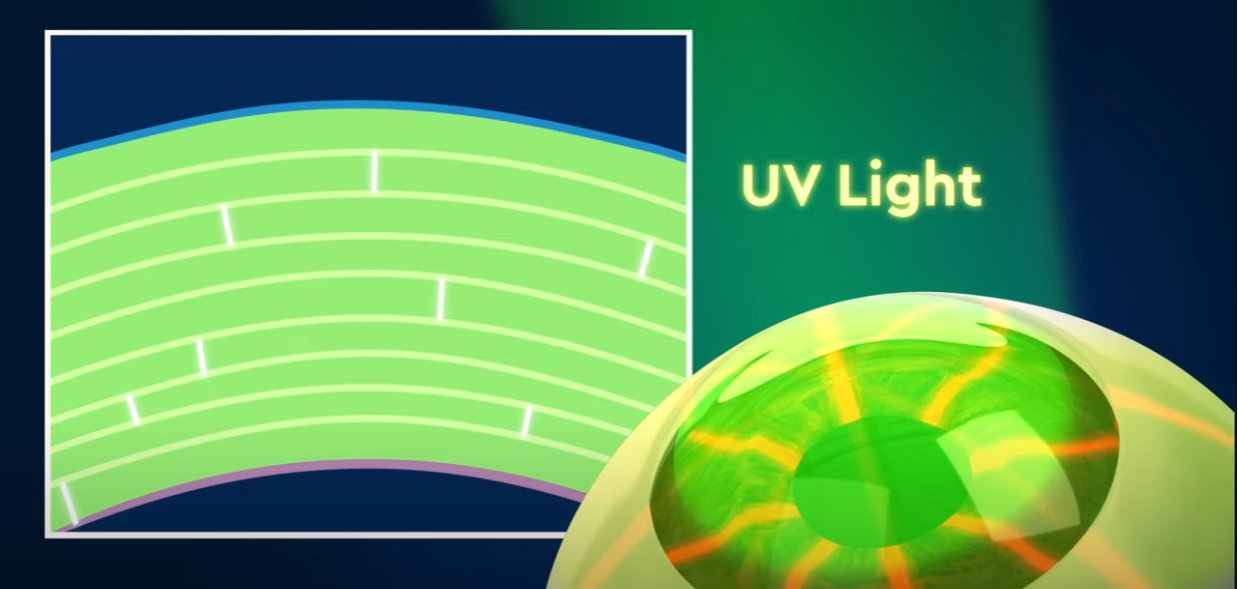
During the first few days after the procedure, the patient may experience pain, tightness in the eye, tearing, and light sensitivity because the corneal epithelium has not fully recovered.
During the procedure, the corneal epithelium is removed, so the patient will experience temporary blurred vision for about 1 week until the corneal epithelial cells regenerate. These are completely normal symptoms; patients should not be too worried and just need to follow the doctor's instructions for eye care after the procedure.
Although uncommon, in some cases, the patient's eye can become inflamed. If there are signs such as redness, swelling of the eyes, severe eye pain or sudden vision changes, the patient needs to go to the hospital to be examined by a doctor and prescribed appropriate treatment.
Although rare, there are some other complications that can occur after Cross-Linking procedure such as corneal ulceration, corneal clouding, recurrent herpes keratitis.
Eyecare After Surgery
During the first week, when the eye is recovering, the patient should note:
- Do not touch or rub your eyes.
- Do not let water get into your eyes or go to places with a lot of dust to avoid the risk of eye infection.
- No eye makeup.
- No heavy exercise.
- Limit exposure to sunlight.
Most patients are able to return to normal activities after a short period of time with the following considerations:
- Patients need to attend post-procedure follow-up to check the recovery of the eye as recommended as follows: 1 day, 3 days, 1 week, 2 weeks, 1 month, 3 months, 6 months.
- The patient will have soft contact lenses removed on the first day of post-procedure follow-up.
- Patients need to adhere to the use of medication as prescribed by the doctor. If the eyes feel uncomfortable, the patient can use pain-relief medicines.
- Need to wear safety glasses when going out to avoid dust and dirt in the eyes.
- Patients can do light excercises, read books after 1 day.
- The patient can bathe, wash hair, wash face after 1 day, and be careful not to get water into the eyes for the first week.
- Light sports can be done after 1 week.
- High intensity sports activities such as swimming can be done after 1 month.
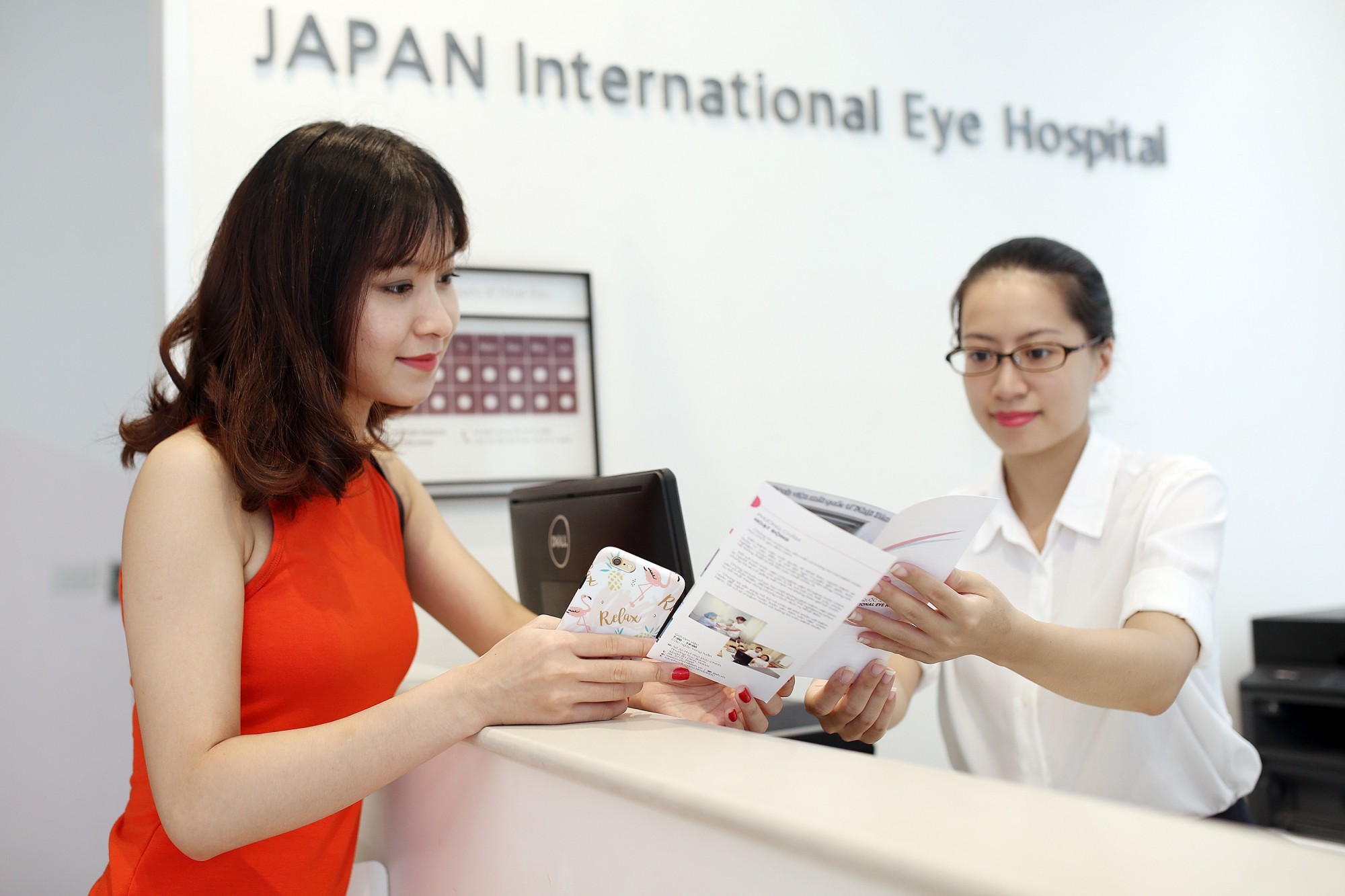
Experienced Doctors
A team of experienced doctors in the Keratoconus field will accurately assess the condition and give optimal indications as well as closely monitor the treatment and recovery process.
Modern equipments
Japan International Eye Hospital uses Avedro KXL machine system (USA) - a great breakthrough in the treatment of keratoconus with many outstanding advantages. The device possesses the highest capacity available today, up to 45 mW/cm2, 10 times higher than previous generation devices, reducing up to 2/3 of the incubation time for Riboflavin and reducing more than 80% of the time to irradiate UVA rays. Thereby increasing patient comfort and significantly improving treatment efficiency. Cross-Linking is accelerated with pulsed or continuous wave lighting technology.
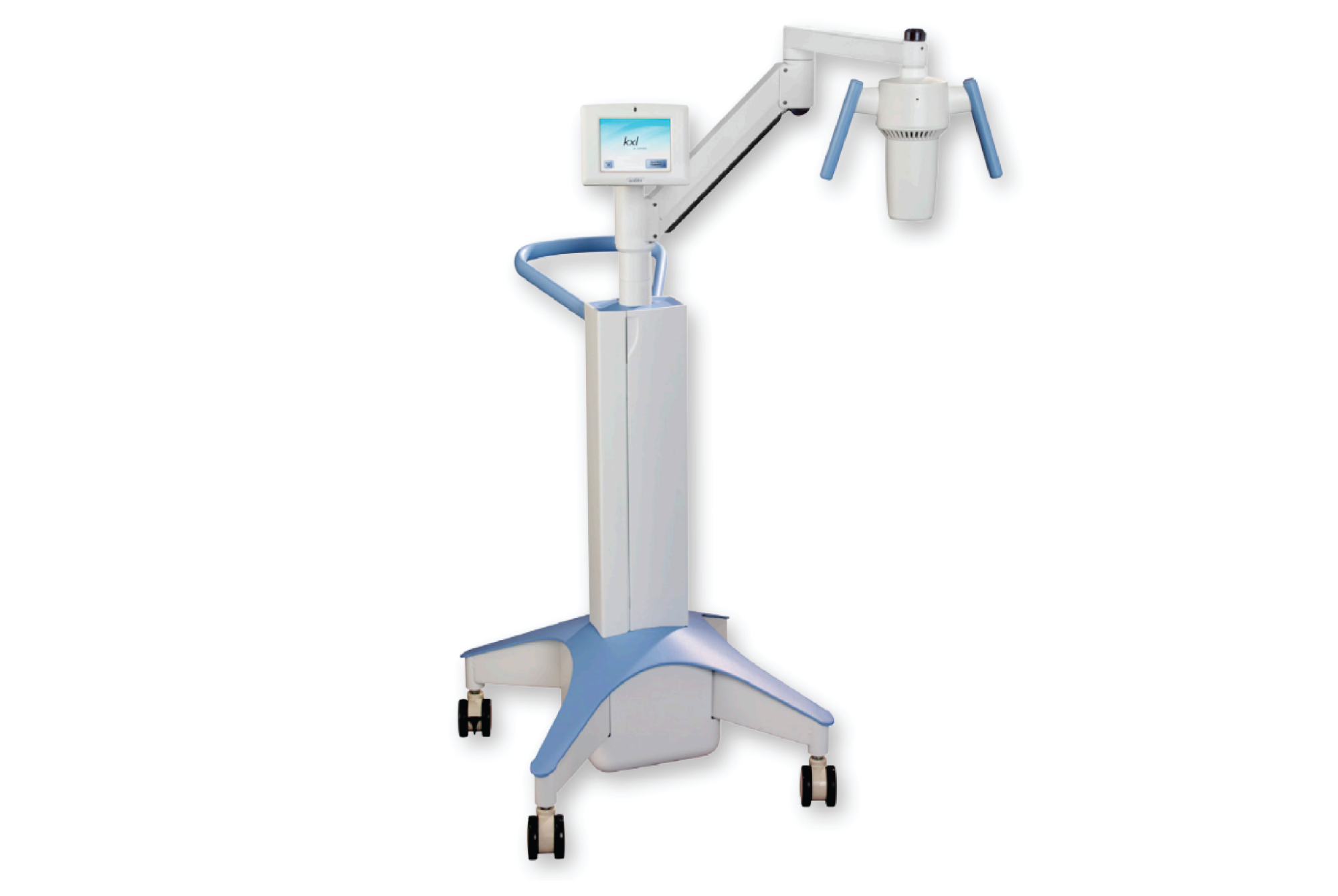
Quick procedure, strict process, professional service
- A strict and thorough examination process according to Japanese standards to detect and prescribe timely treatment of keratoconus.
- The new generation Epi-on treatment process helps to reduce pain, recover quickly, limit complications of corneal ulcers and bring comfort to the patient.
- The hospital provides comprehensive care, supporting patients during the entire procedure, patients can visit and do the procedure alone without the support of family members.
- Convenient procedures, minimizing waiting time for customers at all stages of examination.
